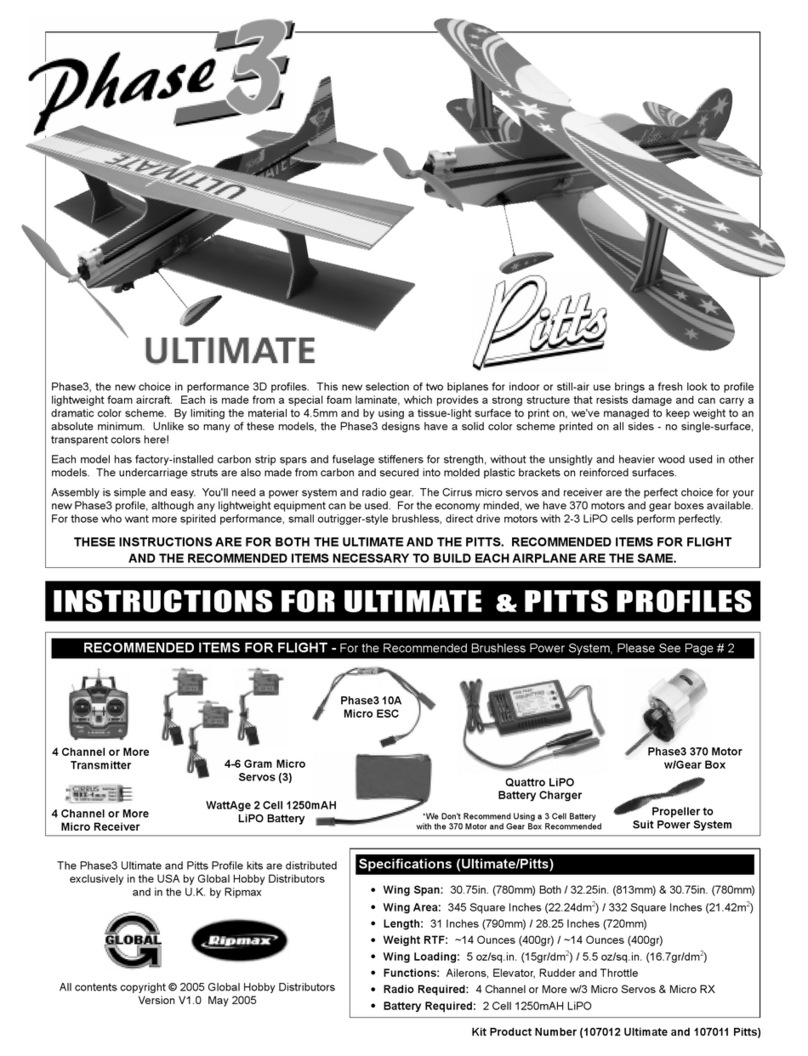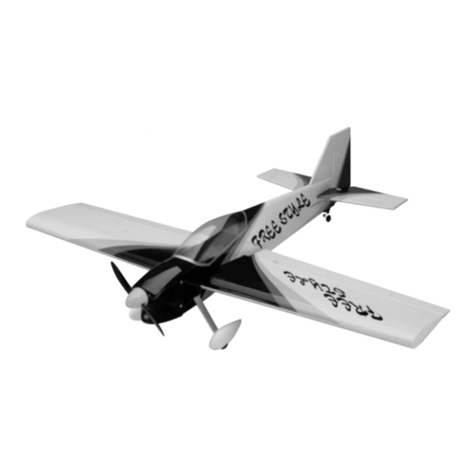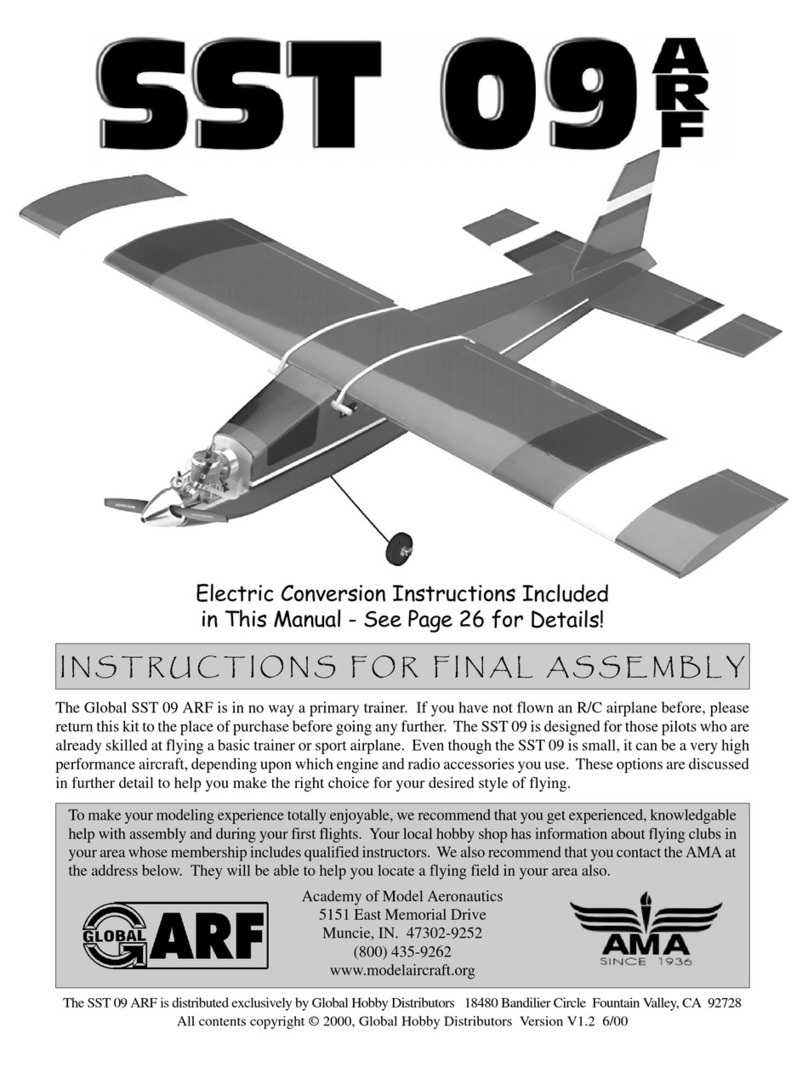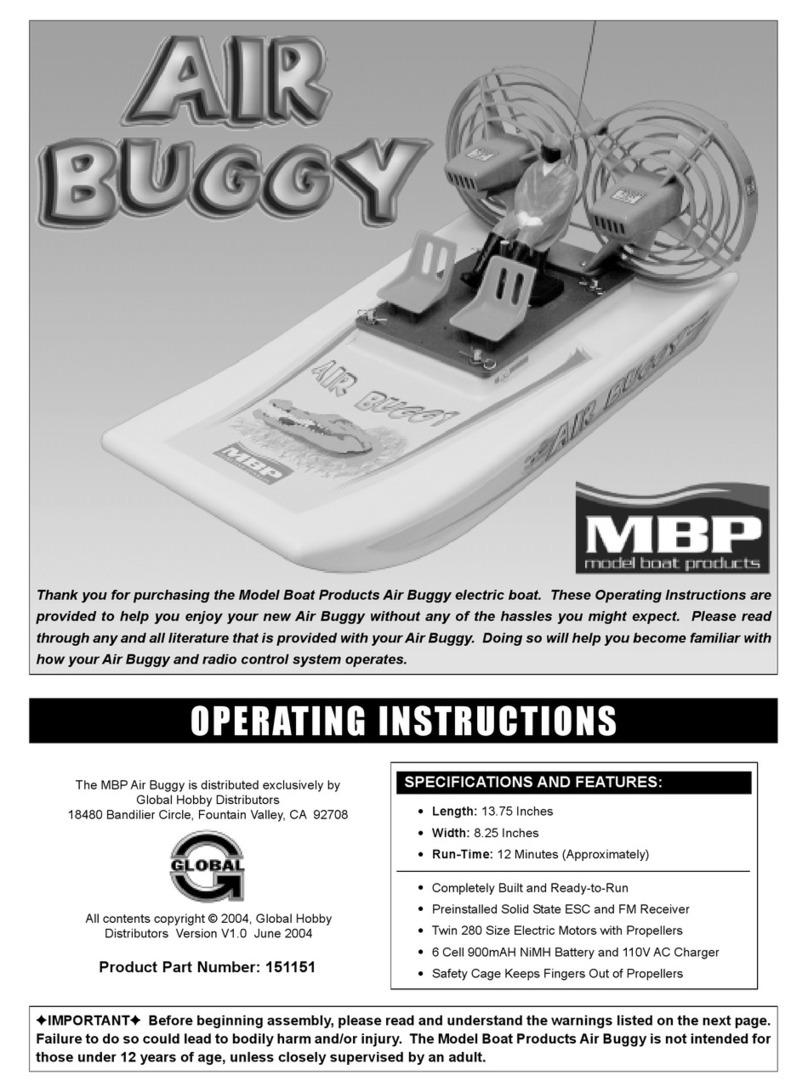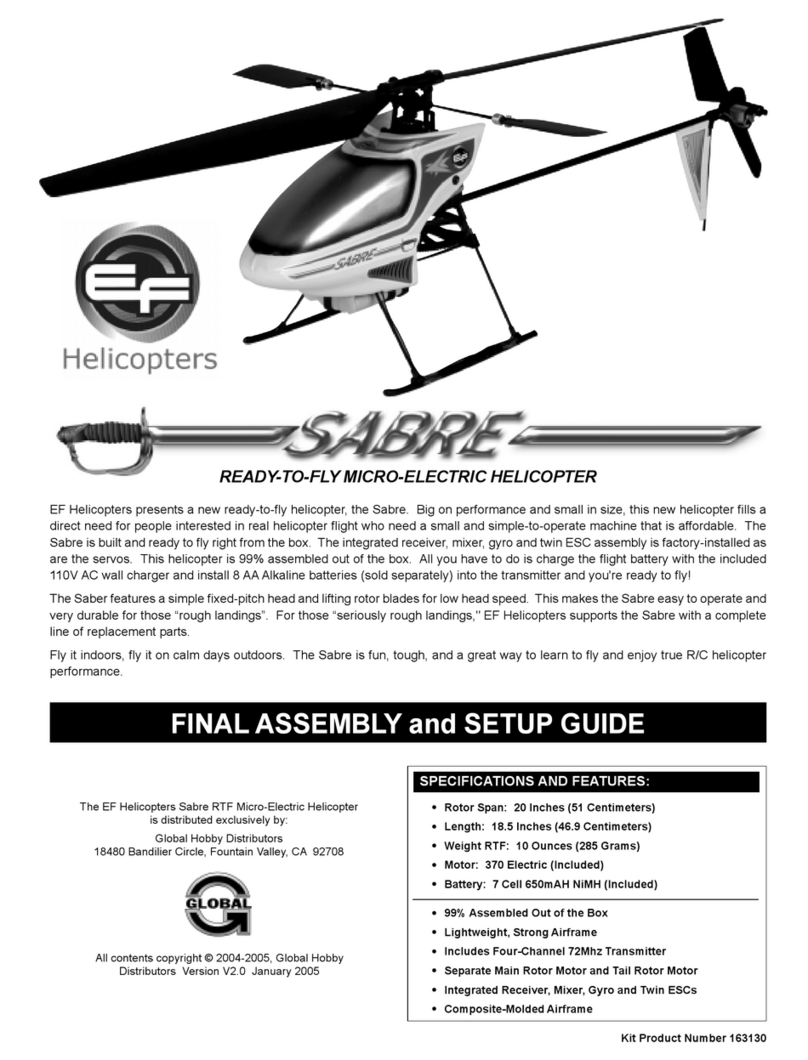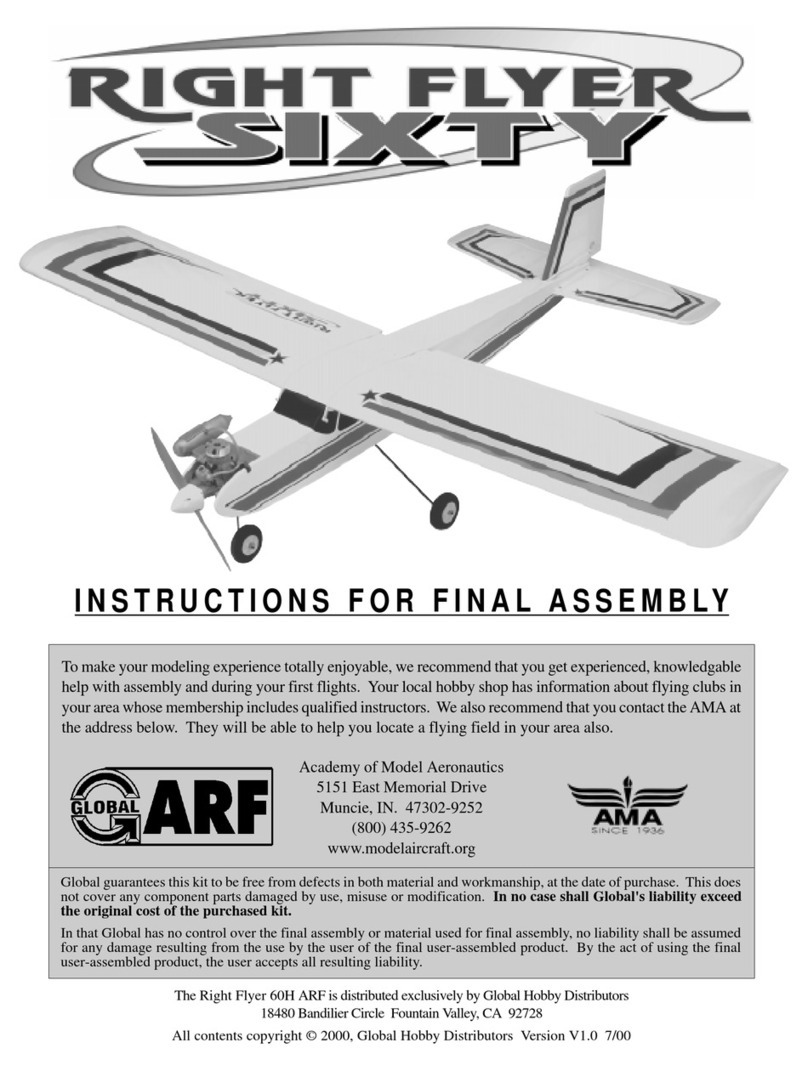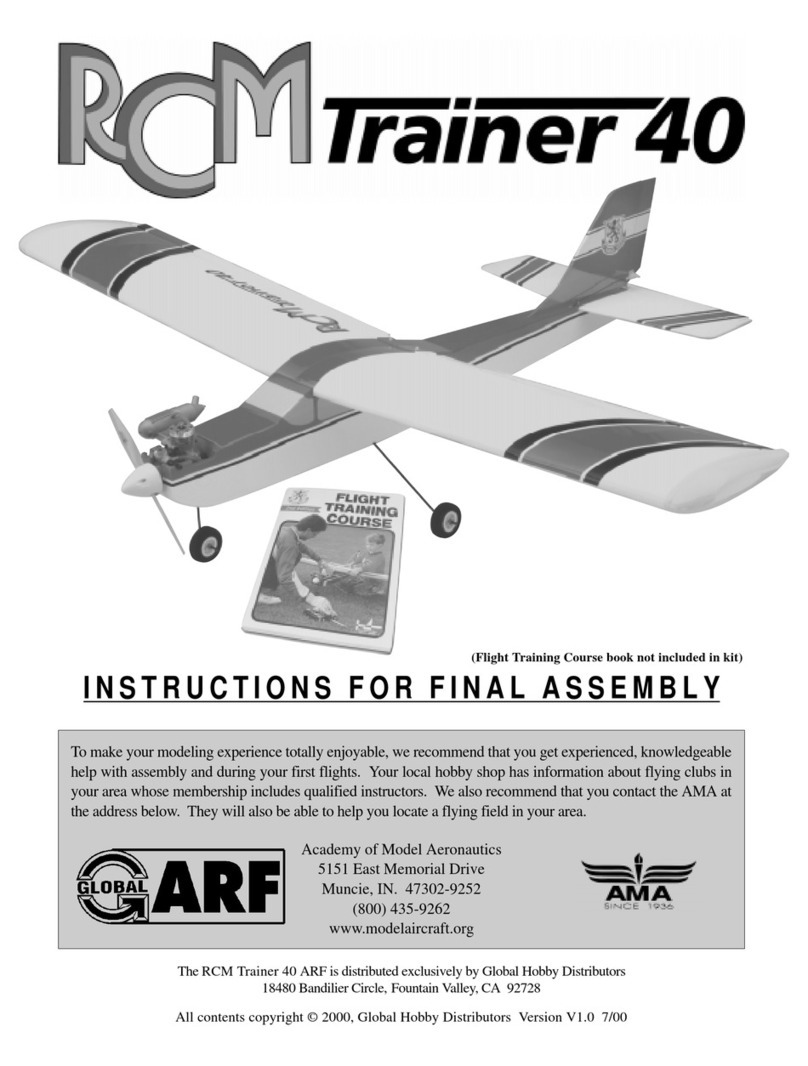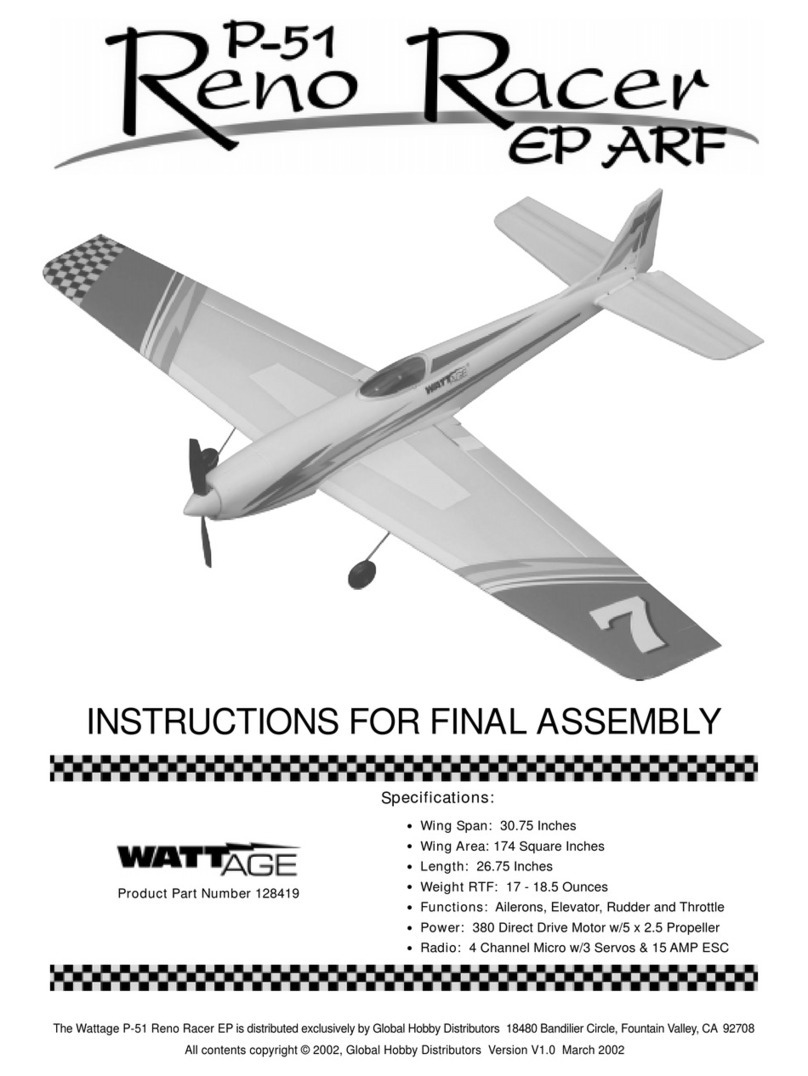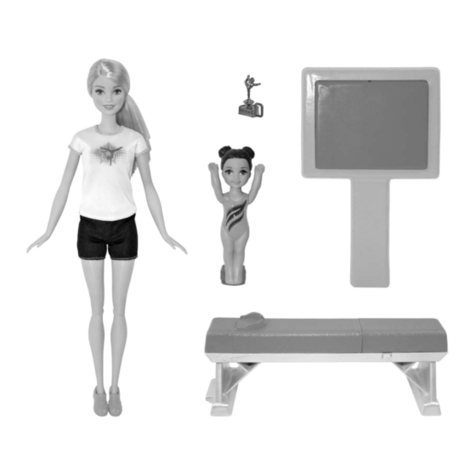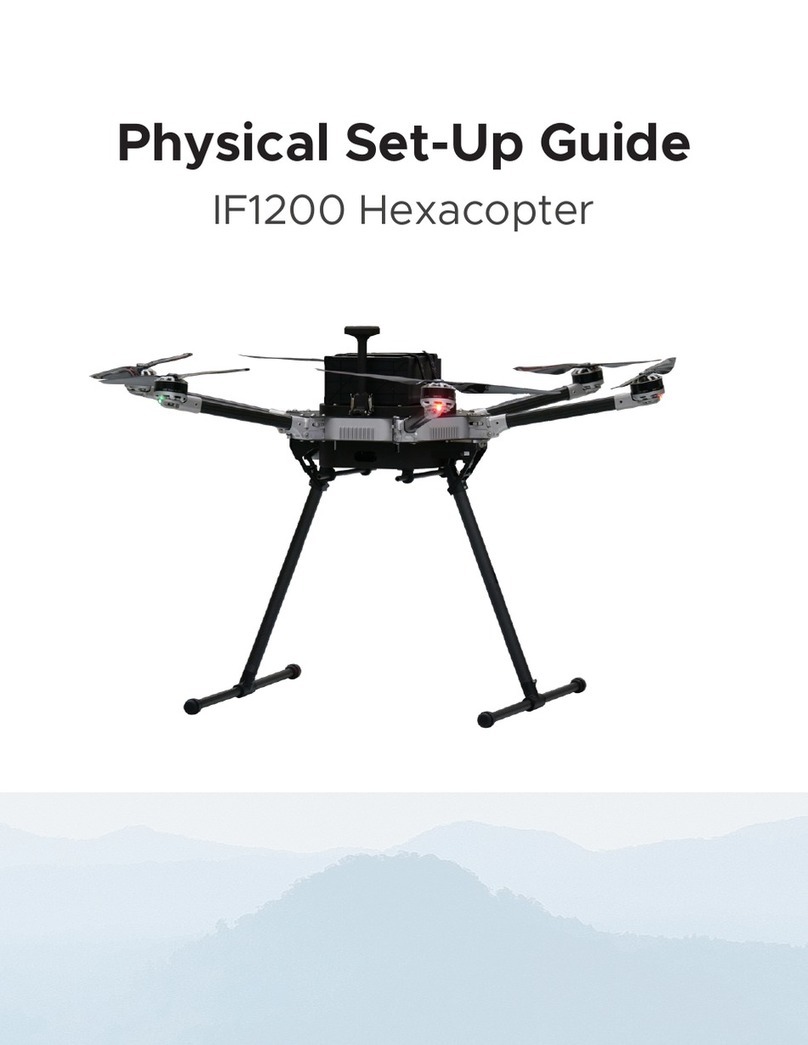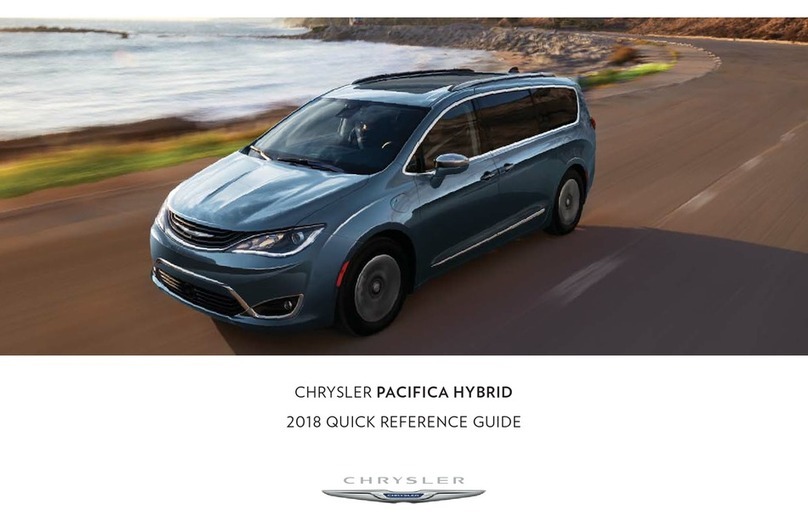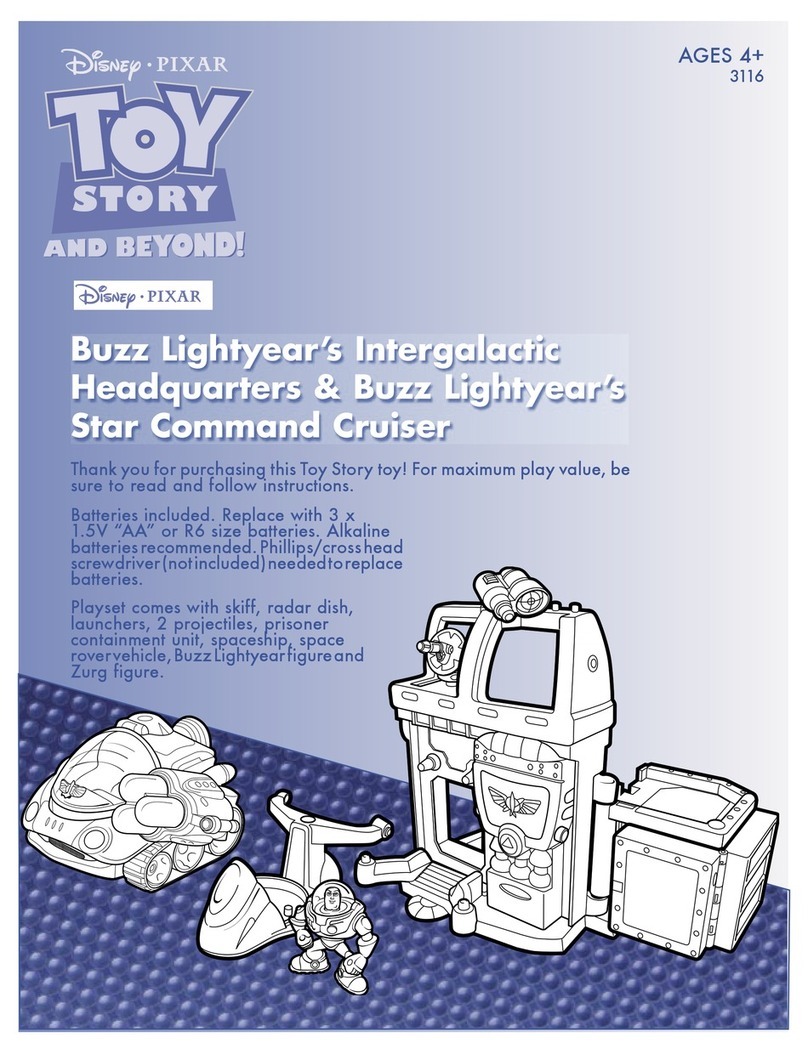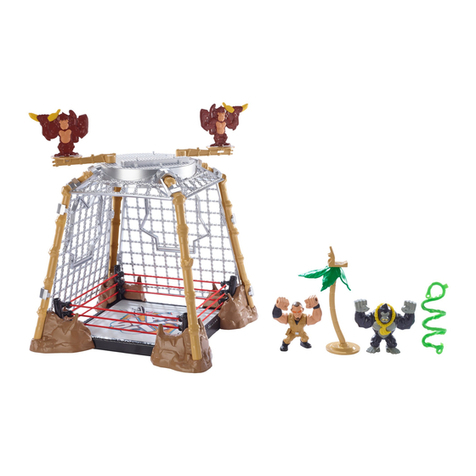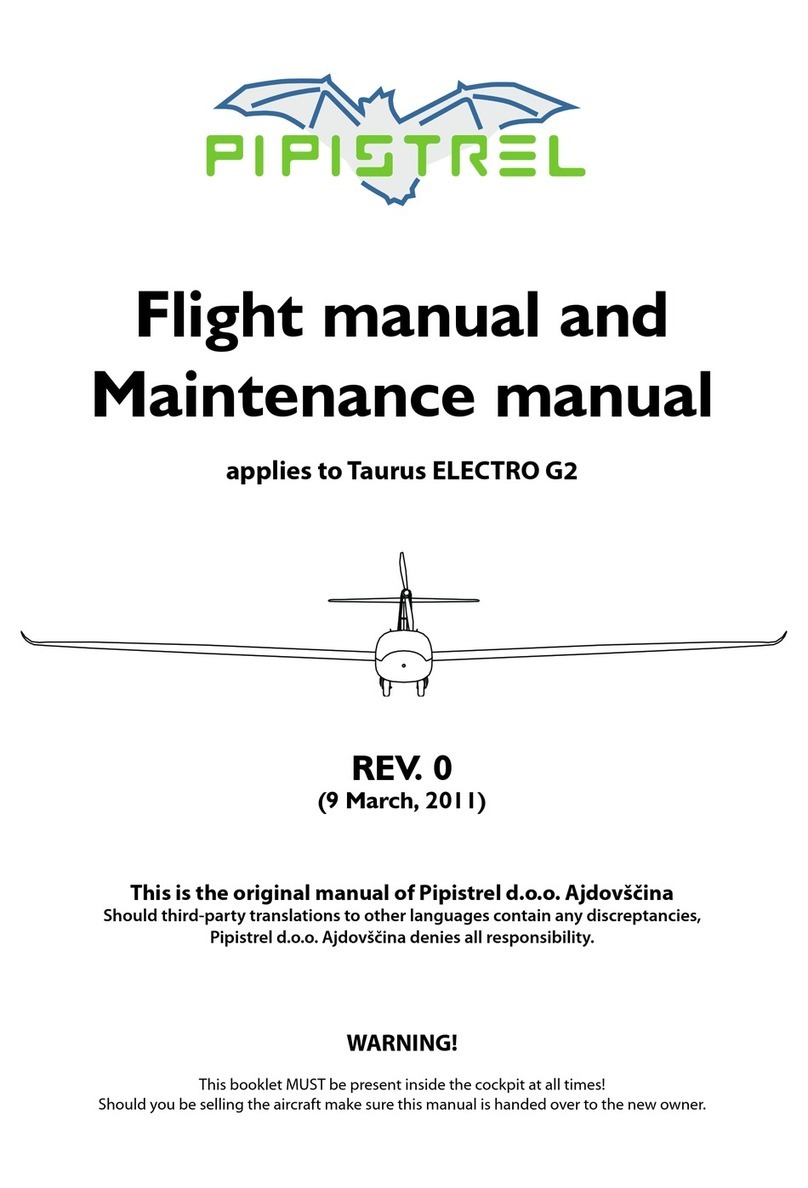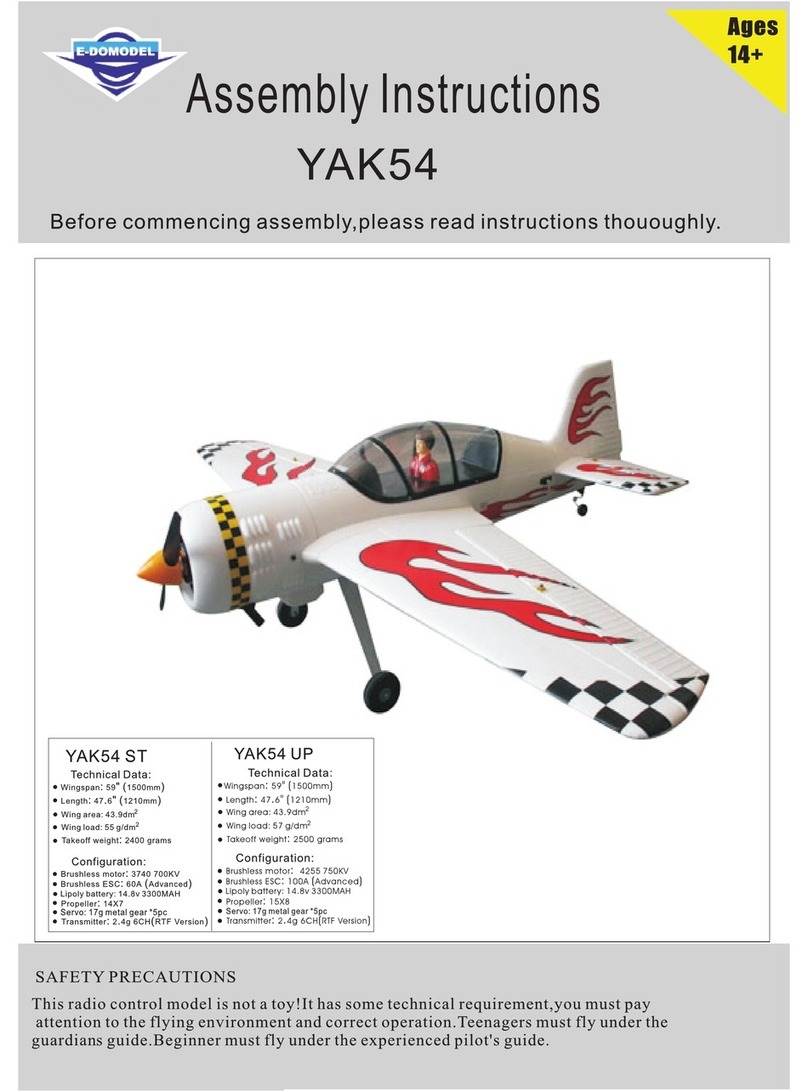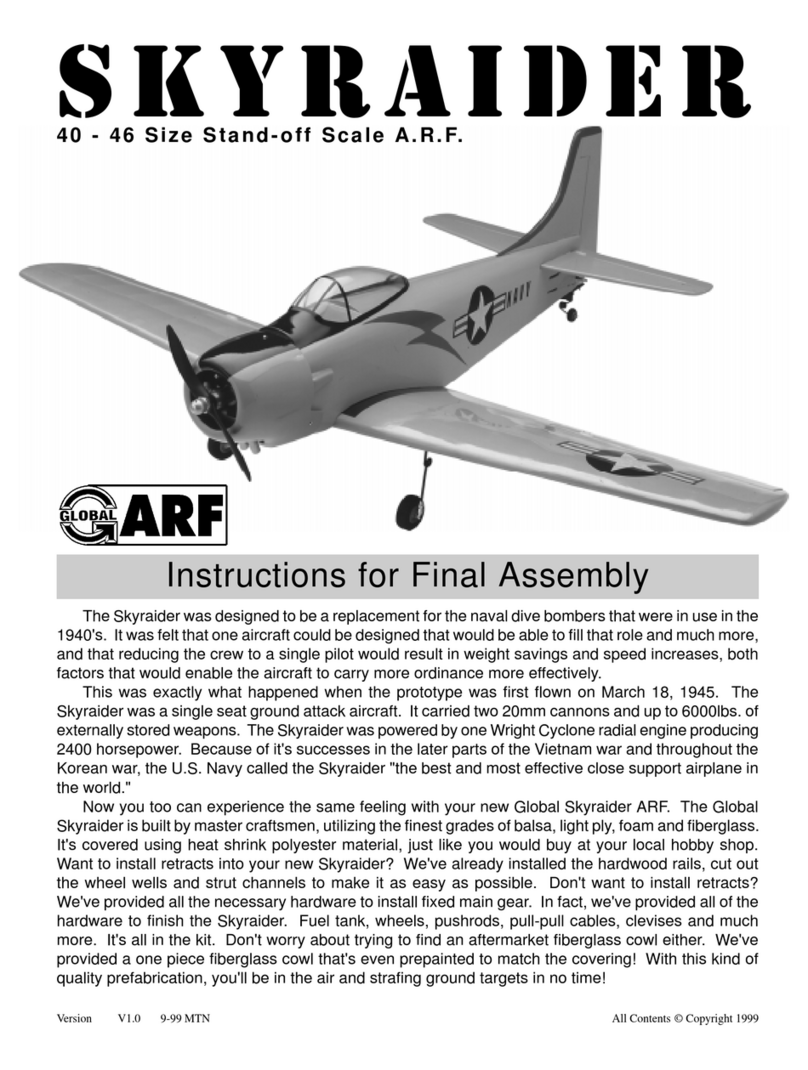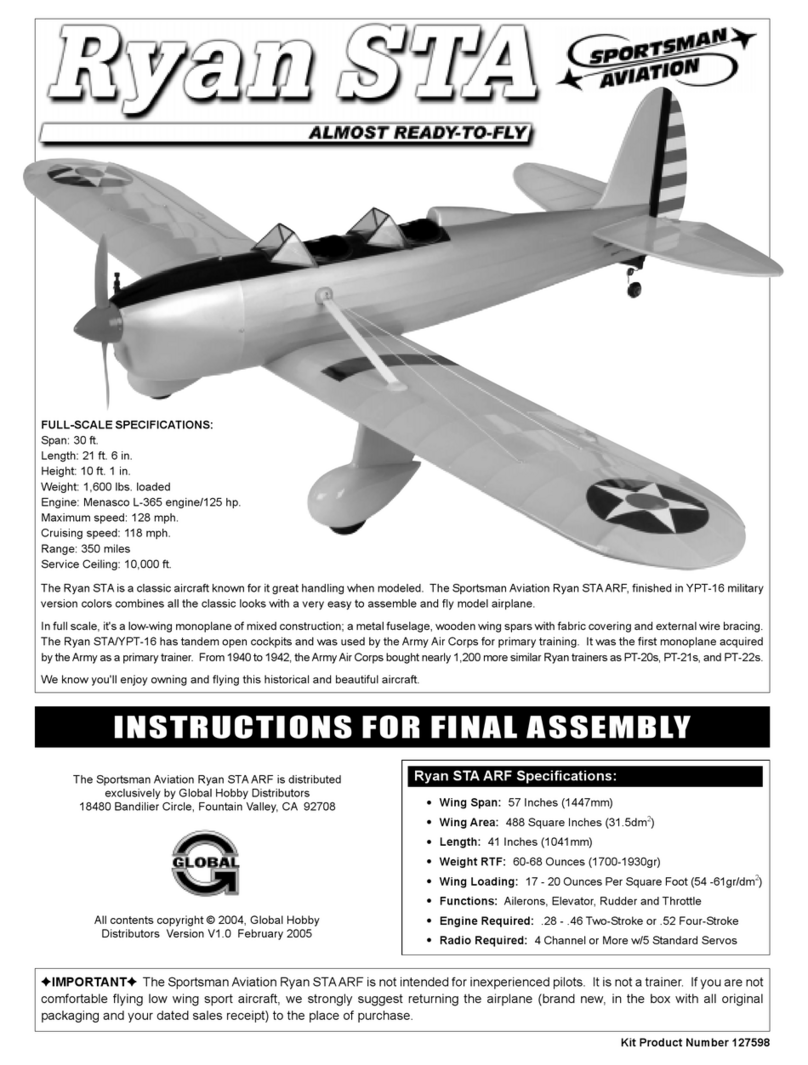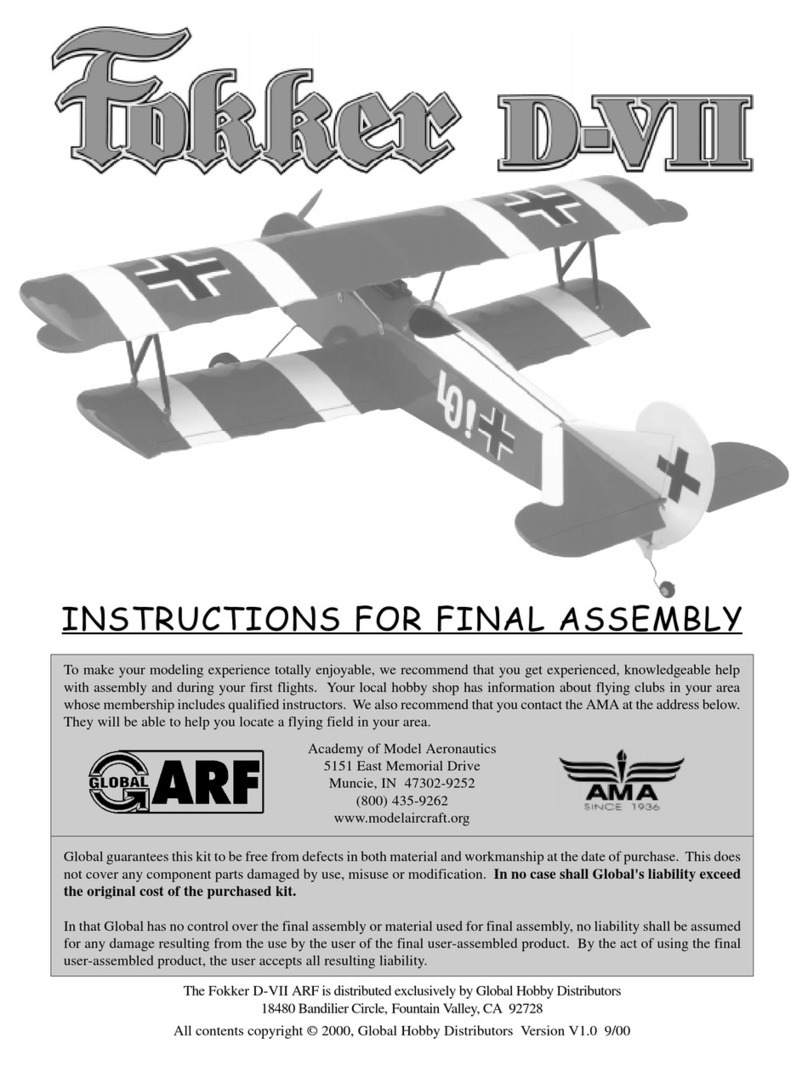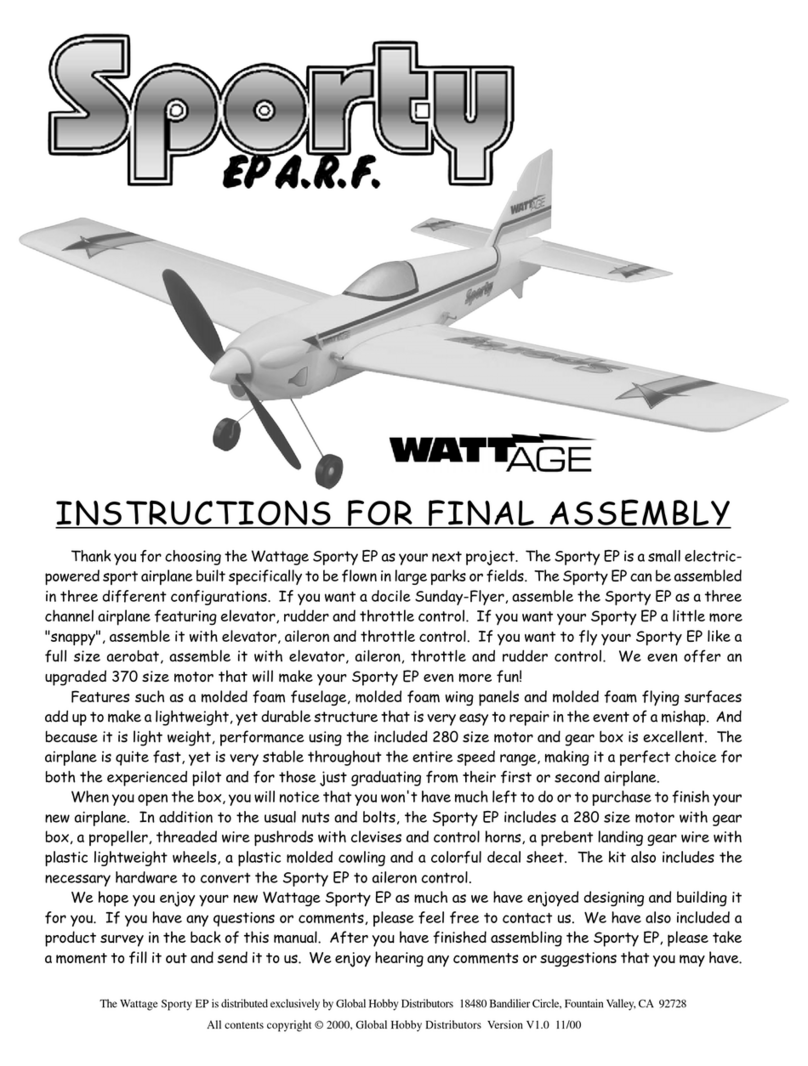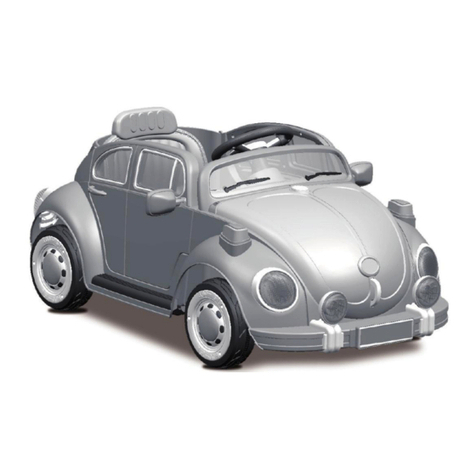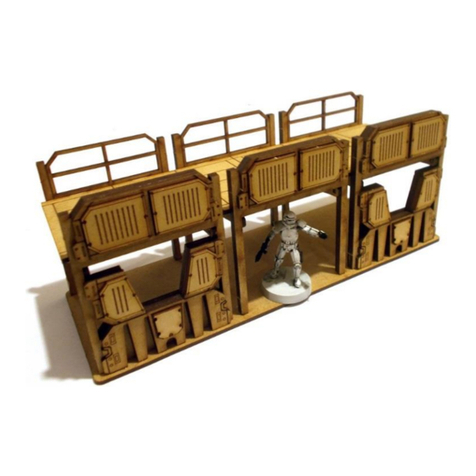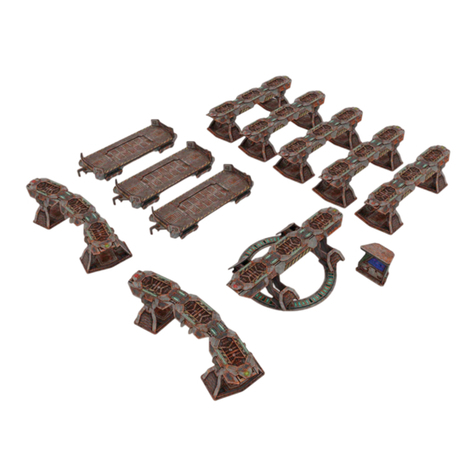
5
Need help or have any questions? Call us at 1-714-963-0329 or send us an Email at service@globalhobby.net
OUR RECOMMENDATIONS, CONTINUED....
We've provided some special tips for you to keep in mind when assembling your Turbo Hawk EDF. These tips are provided
to make your flights with your Turbo Hawk EDF successful. Please don't overlook this valuable information. If you
don't follow these special tips, we can't guarantee your success.
●The motor included with your Turbo Hawk EDF has been specially designed for high RPM ducted fan use. It has
been run, tested and oiled for you at the factory before being included in your kit; therefore, motor break-in is not
necessary. Just test the motor/fan unit after wiring it up to make sure everything is working properly before
installing it onto the airplane .
●Every 10-15 flights we strongly suggest re-oiling the motor bushings, using a good quality machine oil. This will
keep your motor running at its peak and prevent premature wear. To access the motor bushings, it's easiest to use a
spray oil with an extension wand.
●You should charge and cycle the flight battery 2-3 times before your first flight. When new, NiMH and NiCD batteries
need to be cycled before they produce their peak power output and charge capacity.
●Before every flight, you must "top off" the flight battery with your charger. Do not charge the flight battery the night
before and expect it to produce its full power output the next morning when you go to fly. If you charge your flight
battery the night before, top off the charge right before you fly.
●We suggest using high-quality 16 gauge silicon wire to connect the motor to the ESC. Using high-quality 16 gauge
wire will prevent current loss which will result in loss of power. We also strongly suggest cutting off the motor
connectors from your ESC and soldering in their place high-quality connectors, such as Dean's Ultra-Plugs. Having a
plug between the motor wires and ESC will allow you to remove the wing.
●As a second note to the above about current loss, it's also imperative that you use high-quality connectors to
connect the flight battery to the ESC. Do not use the Tamiya connectors that are likely installed on your flight battery
and ESC. We suggest using high-quality connectors, such as Dean's Ultra-Plugs.
●Under no circumstances should you use slip-on connectors to connect the motor wires to the back of the motor. The
motor wires should be soldered onto the motor along with the noise-suppression capacitors.
●If you decide to make your own flight packs from individual cells, you should use high-quality NiCD or NiMH cells.
The cells should be able to handle current draw up to about 12 - 15 amps. When assembling the packs, it is of the
utmost importance to use high-quality battery bars to connect the cells and 16 gauge wire for the battery plug wires.
We also suggest testing your flight battery with a voltage meter to make sure no cells have been damaged during the
soldering process.
●Unlike propeller-driven airplanes that produce a lot of thrust right when you throttle up, ducted fans take a few
seconds to "spool up" and produce full thrust. Keep this in mind before hand-launching the airplane and while flying
the airplane. There will be a lag-time between the time the motor reaches full power and the EDF fan unit produces full
thrust. When hand-launching the airplane, you don't need to throw it too hard, but throw it firmly. You don't want to
launch it with a light toss like you would a slowflyer.
●When gluing parts to the blow-molded fuselage, always roughen the surface to be glued first using 220 grit sandpaper.
If you don't roughen the plastic, the glue won't stick well.
●We suggest gluing a small piece of screen door material to the inside of the fuselage, over the air-intake hole. This
will prevent large debris from entering the fuselage and still provide airflow to cool the battery & ESC.
●The servo you use for the ailerons should not be any deeper than 1/2" from the base of the mounting lugs to the
bottom of the servo. This will ensure that the servo does not stick out the top of the wing when it's installed.




















